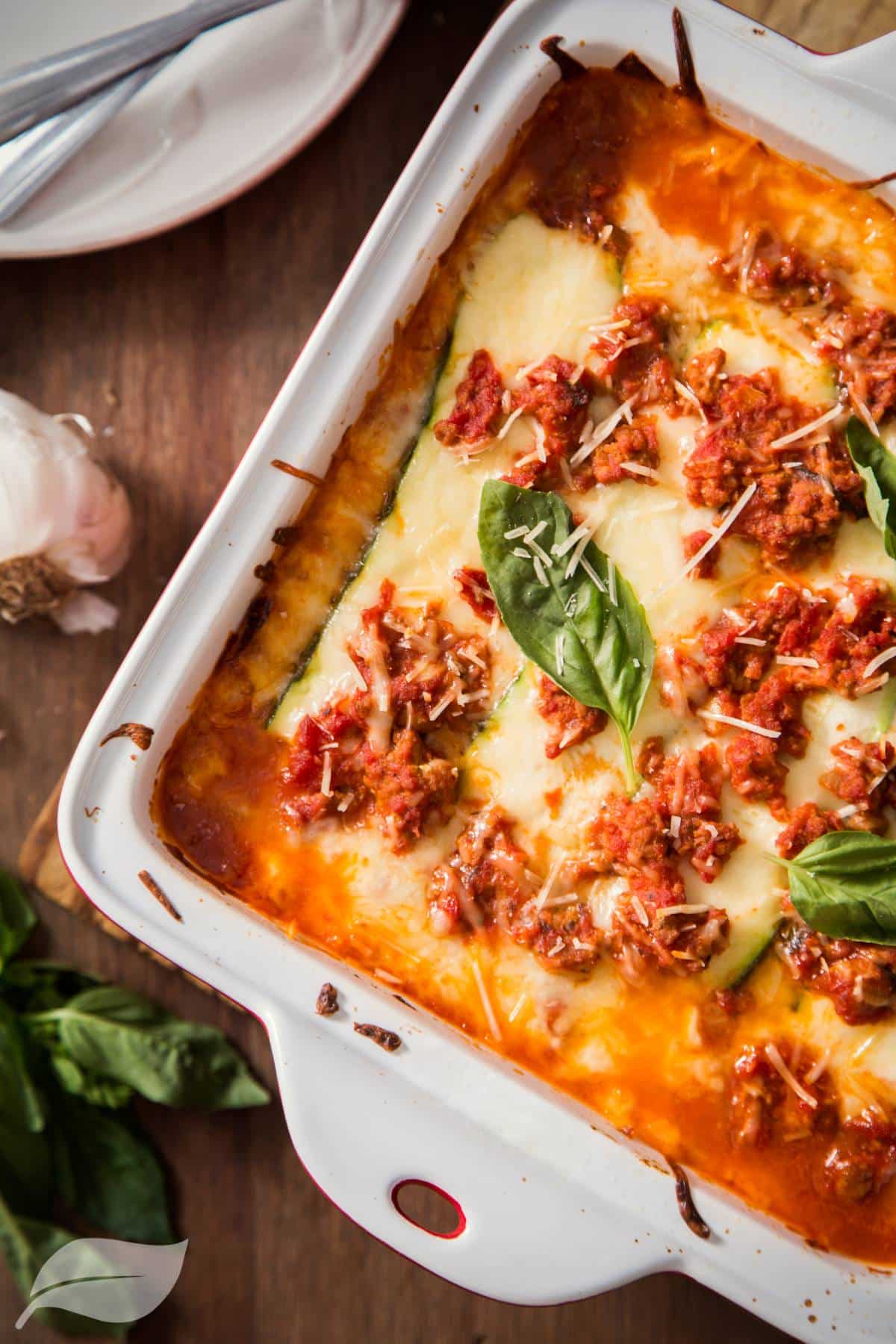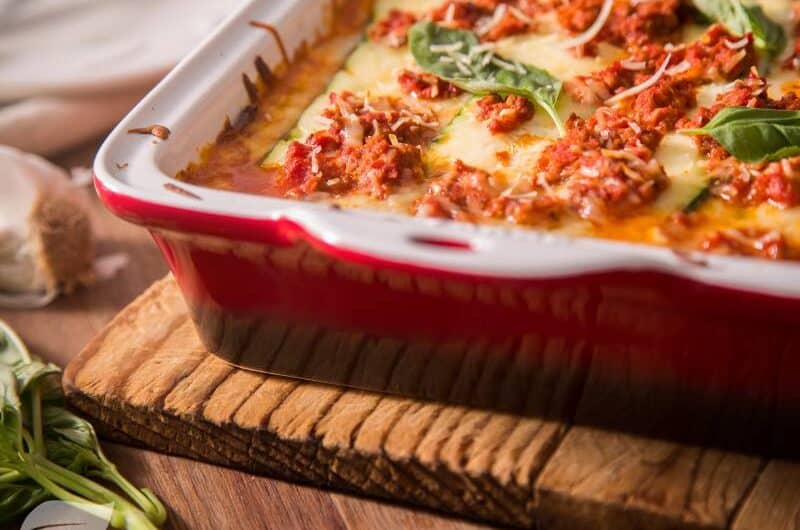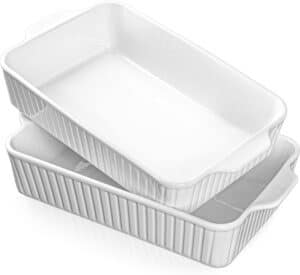Table of Contents
ToggleIntroduction
The Ultimate Gluten-Free Lasagne Recipe for Pasta Lovers
Are you a pasta lover who is looking for a gluten-free lasagne recipe? You have come to the right place! In this article, we will explore what gluten-free lasagne is, why it is so popular, and the benefits of making it at home.
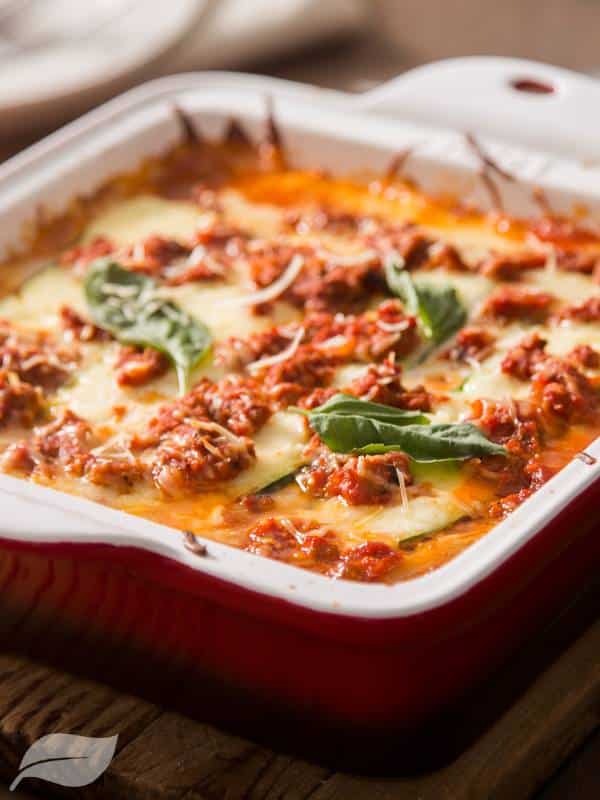
What is a Gluten-Free Lasagne?
Gluten-free lasagne is a type of lasagne that does not contain gluten. Gluten is a protein found in wheat, barley, and rye.
People with celiac disease or gluten sensitivity cannot consume gluten as it can cause digestive problems and other health issues.
Gluten-free lasagne is made with alternative flours such as rice flour, corn flour, or almond flour.
Why are Gluten-Free Lasagne recipes so popular?
Gluten-free lasagne recipes are popular because they cater to people with celiac disease or gluten sensitivity.
They are also a healthier option for people who want to avoid gluten in their diet.
What are the benefits of making Gluten-Free Lasagne at home?
Making gluten-free lasagne at home has several benefits. Firstly, you can control the ingredients that go into your lasagne.
Secondly, you can customize the recipe to suit your taste preferences. Thirdly, you can save money by making it at home instead of buying it from the store.
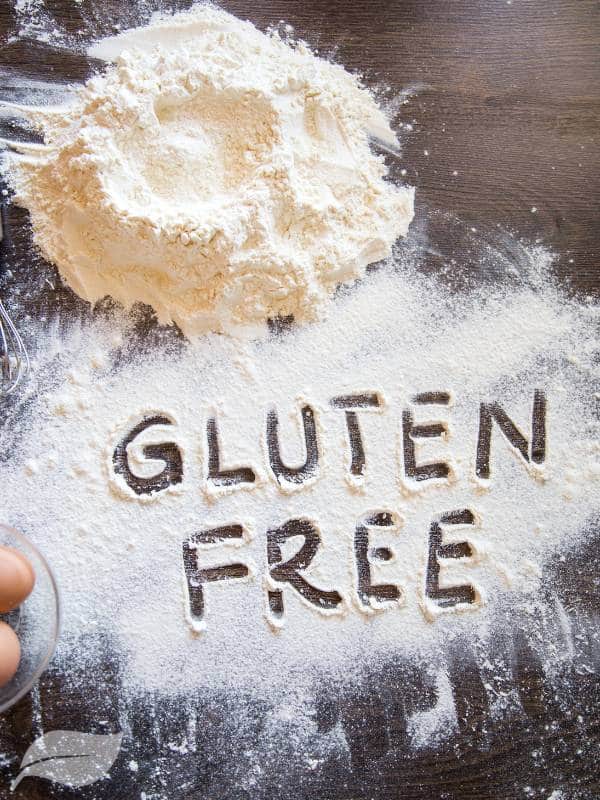
Hints and Tips
- You can use any ground meat, such as turkey or chicken, instead of beef.
- For added nutrition, you can add vegetables such as spinach or zucchini to the meat sauce.
- Instead of Parmesan cheese, you can use any cheese, such as mozzarella or cheddar.
Variations
- Vegetarian: Omit the ground beef and use vegetables such as mushrooms or eggplant instead.
- Vegan: Omit the ricotta cheese and egg and use vegan cheese instead.
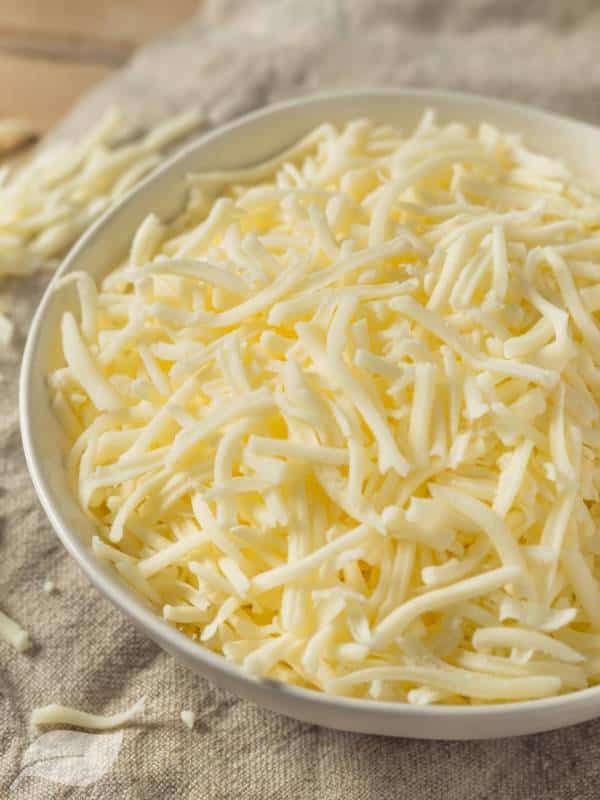
Serving Suggestions
Serve this delicious gluten-free lasagne with a side salad or garlic bread.
Difficulty Level
This recipe is of medium difficulty because it involves several steps that require some culinary skills and attention to detail.
Here are the reasons why it’s considered medium difficulty:
Homemade Gluten-Free Pasta Sheets: Making pasta from scratch can be challenging, especially if you are using gluten-free flour. You need to mix the flour blend, create a dough, knead it, and then roll it out into thin sheets. Handling gluten-free dough can be more delicate and might require extra care to prevent it from becoming too dry or sticky.
Bolognese Sauce: Preparing the Bolognese sauce involves browning the ground beef and sautéing a mixture of onion, garlic, carrot, and celery. The timing and technique for browning meat and achieving the desired texture can be crucial. Additionally, simmering the sauce with the right balance of flavors from crushed tomatoes, red wine, and herbs requires some cooking experience.
Creamy Bechamel Sauce: Making a proper bechamel sauce involves gradually adding milk to a roux (butter and flour mixture) while stirring continuously to avoid lumps. Achieving the right consistency for the sauce can be a bit tricky, and adding nutmeg, salt, and pepper to taste requires some culinary judgment.
Layering and Assembling: Assembling the lasagne involves layering pasta sheets, Bolognese sauce, and bechamel sauce correctly. Achieving even layers and distribution of the sauces and cheese can be challenging, as you want each bite to have a balanced flavor.
Baking: Baking times can vary depending on your oven, so you’ll need to monitor the lasagne to ensure it’s cooked to perfection. Covering with foil for the initial baking and then removing it for the final baking stage requires attention to detail to prevent overcooking or undercooking.
Garnishing: While garnishing with fresh basil leaves may seem simple, presentation matters, and arranging the leaves nicely can be a bit finicky.
In summary, this recipe is of medium difficulty because it involves multiple steps, requires attention to detail, and some skill in handling pasta dough, sauces, and baking.
However, with patience and practice, it can be successfully executed by home cooks looking to challenge themselves and create a delicious gluten-free lasagne.
Storage
You can store leftover gluten-free lasagne in an airtight container in the refrigerator for up to three days.
Conclusion
In conclusion, this ultimate gluten-free lasagne recipe is perfect for pasta lovers who want to enjoy a delicious meal without consuming gluten.
Gluten-free lasagne is a popular dish among pasta lovers who are looking for a healthier option.
At YourNewFoods.com, we have a wide range of gluten-free recipes, including gluten-free curry recipes, Christmas gluten-free dessert recipes, and gluten-free appetizers that everyone will love.
Our gluten-free lasagne recipe is easily made and customizable to suit your taste preferences.
It’s perfect for people with celiac disease or gluten sensitivity who want to enjoy a delicious meal without consuming gluten. Try it out today!”
Burst of Flavor: Unveiling the Ultimate Gluten-Free Lasagne Recipe
8
servings45
minutes40
minutes400
kcalAre you on the hunt for a delicious and gluten-free twist on the classic lasagne? Look no further! Our Gluten-Free Lasagne Recipe combines wholesome ingredients with a burst of flavor that will leave your taste buds dancing. Not only will we guide you through the step-by-step process, but we'll also reveal the magic behind each ingredient, ensuring you understand their unique contributions to this mouthwatering dish.
Ingredients
2 cups 2 gluten-free flour blend
3 large 3 eggs
1/2 teaspoon 1/2 xanthan gum
A pinch of salt
1 pound 1 ground lean beef
1 1 onion finely chopped
2 2 cloves garlic, minced
1 1 carrot, grated
1 1 celery stalk, finely chopped
14oz 14oz crushed tomatoes
1/2 cup 1/2 red wine
1 teaspoon 1 dried oregano
1 teaspoon 1 dried basil
2 tablespoons 2 unsalted butter
2 tablespoons 2 gluten-free flour blend
2 cups 2 milk
pinch pinch nutmeg
Salt and pepper to taste
1 1/2 cups 1 1/2 shredded mozzarella cheese
1/2 cup 1/2 grated Parmesan cheese
Fresh basil leaves for garnish
Directions
- Prepare the Gluten-Free Pasta Sheets:
In a large bowl, mix the gluten-free flour blend and xanthan gum.
Create a well in the center and crack in the eggs. Mix until a dough forms.
Knead the dough until smooth, then wrap it in plastic wrap and let it rest for 30 minutes.
Roll out the dough and cut into lasagne sheet-sized pieces. - Craft the Bolognese Sauce:
In a skillet, brown the ground lean beef. Add onion, garlic, carrot, and celery, sautéing until tender.
Pour in crushed tomatoes and red wine, then season with oregano and basil. Let it simmer. - Prepare the Creamy Bechamel:
In a saucepan, melt unsalted butter, then add the gluten-free flour blend. Cook for a minute.
Gradually pour in milk, stirring continuously until the sauce thickens.
Season with nutmeg, salt, and pepper. - Assemble the Lasagne:
Preheat the oven to 375°F (190°C).
Spread a thin layer of Bolognese sauce in a baking dish.
Add a layer of pasta sheets, then spread some Bechamel over it. Sprinkle with mozzarella.
Repeat the layers, finishing with Bechamel and a sprinkle of Parmesan. - Bake to Perfection:
Cover with foil and bake for 25 minutes.
Remove the foil and bake for an additional 10-15 minutes until golden and bubbly. - Serve and Savor:
Let the lasagne cool slightly before garnishing with fresh basil leaves.
Slice into pieces and relish the harmonious blend of flavors and textures.
Equipment
Casserole Dishes for Oven 9x13,2 Pack Ceramic Baking Dish Large u0026amp; Deep,135 OZ Casserole Dish Set with Handles Durable Bakeware for Lasagna, Roasts, Cake Cooking, Lasagna Pan Sets Nonstick-MicrowaveBuy Now!
Notes
- With every layer of this Gluten-Free Lasagne Recipe, you're crafting a symphony of taste that's both comforting and unforgettable. This dish exemplifies the magic that happens when you marry quality ingredients with culinary creativity. Dive in and savor the gluten-free goodness like never before!
- Now, you're armed with not just a recipe but an understanding of how each ingredient adds to the dish's appeal. Bon appétit!
- The preparation time for the Gluten-Free Lasagne Recipe is approximately 45 minutes to 1 hour. This includes the time required to prepare the pasta sheets, craft the Bolognese sauce, create the Bechamel sauce, assemble the layers, and complete the necessary steps before baking. Keep in mind that individual cooking times may vary based on your familiarity with the recipe and kitchen efficiency.
- The cooking time for the Gluten-Free Lasagne Recipe is approximately 35 to 40 minutes. After assembling the layers and before baking, cover the lasagne with foil and bake it in a preheated oven at 375°F (190°C) for around 25 minutes. Then, remove the foil and bake for an additional 10 to 15 minutes, until the top is golden and the sauce is bubbling. This ensures that the layers are properly cooked and the flavors meld together beautifully.
Did you make this recipe?
Tag @yournewfoods on Instagram and hashtag it with #yournewfoods
Like this recipe?
Follow @yournewfoods on Pinterest
Share our recipes with your friends
Follow us on Facebook
Frequently Asked Questions
1. Can I use a pre-made gluten-free flour blend for the pasta sheets?
Yes, a pre-made gluten-free flour blend will save you time and effort in preparing the pasta sheets.
2. What can I substitute for xanthan gum?
If you’re looking for a xanthan gum alternative, consider using guar gum or psyllium husk powder in the same proportion.
3. Is it necessary to let the pasta dough rest for 30 minutes?
Yes, allowing the dough to rest enhances its elasticity and makes it easier to roll out into thin sheets.
4. Can I use ground turkey instead of ground beef for the Bolognese sauce?
Definitely! Ground turkey can be a leaner alternative to ground beef while still adding great flavor.
5. Is there a non-alcoholic substitute for red wine in the Bolognese sauce?
Certainly! You can replace red wine with beef or vegetable broth for a non-alcoholic option.
6. Can I make the Bechamel sauce dairy-free?
Absolutely, use dairy-free butter and plant-based milk such as almond, soy, or oat milk to create a dairy-free Bechamel sauce.
7. How many layers of pasta should I aim for when assembling?
Aim for around 3 to 4 layers of pasta sheets in your lasagne for a well-balanced dish.
8. Can I add sautéed spinach or other veggies to the layers?
Absolutely, adding sautéed spinach, mushrooms, or other veggies between layers can enhance the nutritional value and taste.
9. How do I know when the lasagne is baked correctly?
The lasagne is ready when the top layer turns golden brown and the sauce bubbles around the edges.
10. Can I make this recipe ahead of time?
Certainly, assemble the lasagne and refrigerate it before baking. Increase the baking time slightly if baking from cold.
11. How do I reheat leftover lasagne?
Reheat individual servings in the microwave or bake covered in the oven at 350°F until heated through.
12. Is it possible to freeze the lasagne?
Absolutely, wrap portions tightly in plastic wrap and foil before freezing. Thaw in the refrigerator before reheating.
13. Can I use store-bought gluten-free pasta sheets?
Yes, pre-made gluten-free pasta sheets are an option if you’re short on time.
14. What’s the purpose of nutmeg in the Bechamel sauce?
Nutmeg adds a subtle warmth and depth of flavor to the Bechamel sauce, enhancing its overall taste.
15. Can I omit the wine in the Bolognese sauce?
Certainly, you can omit the wine and replace it with additional broth or water.
16. Can I add ricotta cheese to the layers for extra creaminess?
Layering ricotta cheese between the pasta sheets can add a delightful creaminess to the lasagne.
17. How long should I let the lasagne cool before serving?
Allow the lasagne to cool for about 10-15 minutes after baking before slicing and serving.
18. What type of gluten-free flour blend works best?
A blend of rice flour, tapioca starch, and potato starch usually works well for gluten-free pasta.
19. Can I make a vegetarian version of this lasagne?
Certainly! Substitute the ground beef with plant-based meat alternatives or load up on veggies for a delicious vegetarian option.
20. Can I add a layer of caramelized onions for extra sweetness?
Caramelized onions can add a wonderful touch of sweetness and depth to your lasagne layers.
Make it easy to find this Gluten-Free Lasagne Recipe again by saving the image below to your Pinterest account.
